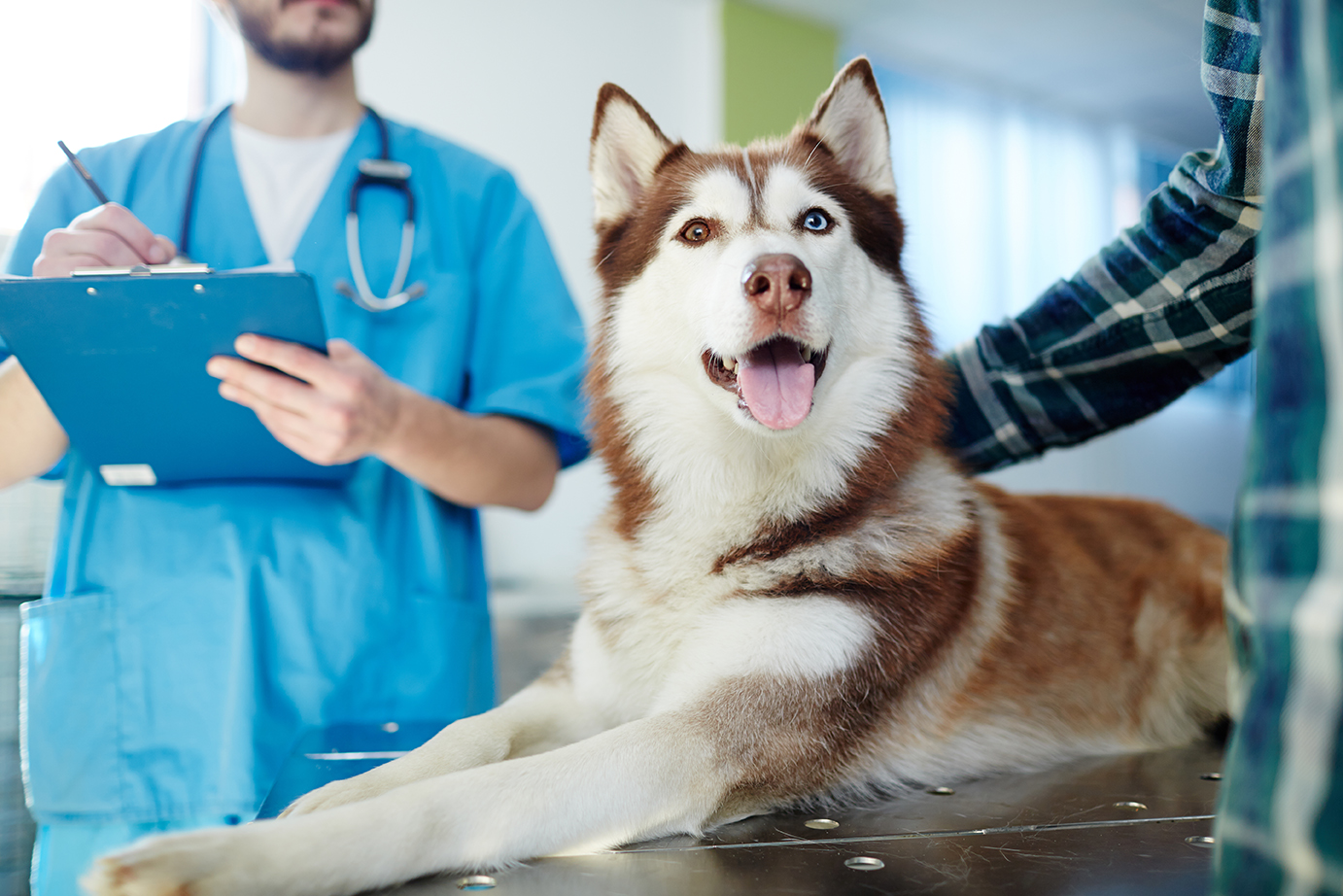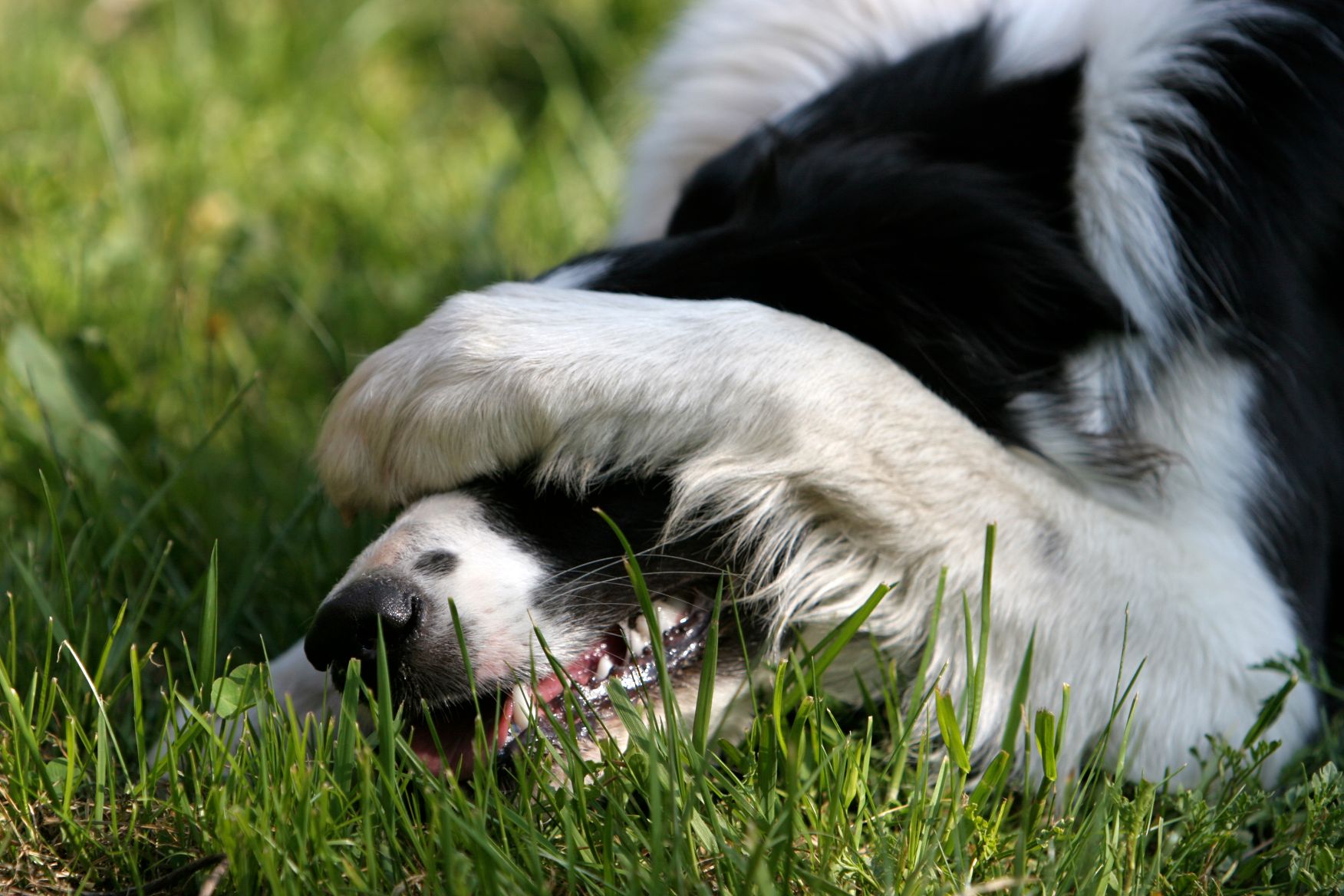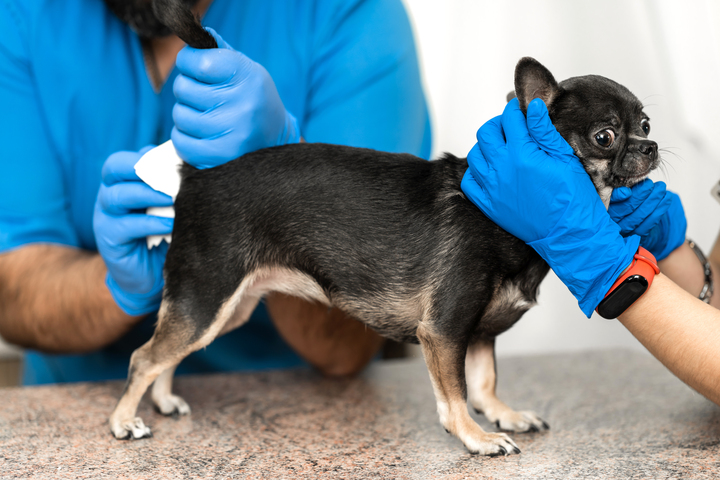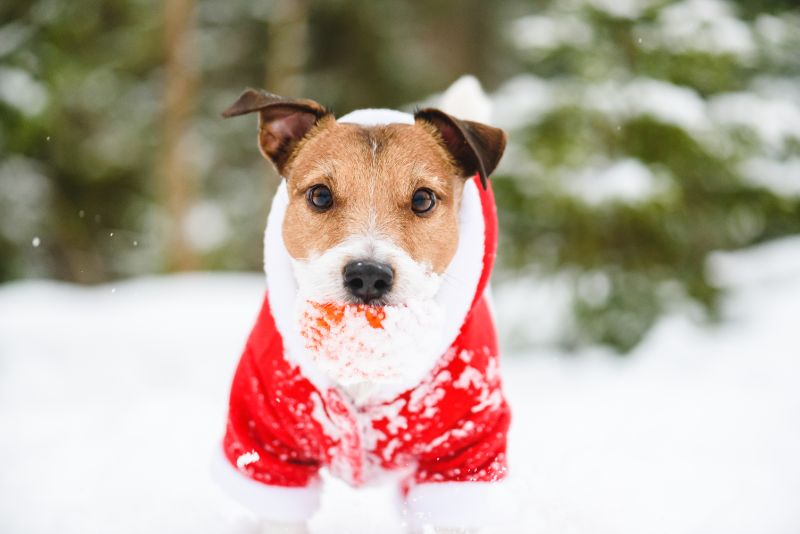Search Results for ‘exercise’
Fit Felines and Muscular Mutts: Making Pet Exercise Fun
 Most of us already know how important physical exercise can be for our pets. Daily exercise not only burns calories and keeps our furry friends lean, it also helps to boost the immune system, which protects against diseases like diabetes and cancer. Daily play adds elements of fun and excitement to each day, a necessary component for the well-rounded life of our pets.
Most of us already know how important physical exercise can be for our pets. Daily exercise not only burns calories and keeps our furry friends lean, it also helps to boost the immune system, which protects against diseases like diabetes and cancer. Daily play adds elements of fun and excitement to each day, a necessary component for the well-rounded life of our pets.
Even the most committed pet owners and active pets can easily find themselves bored with the daily walk or game of laser chase. Our creative pet exercise ideas are designed to provide you with a template for incorporating fun, simple, and regular exercise into your pet’s life.
How to help your dog stay calm during vet visits

Keeping your dog calm during vet visits doesn’t have to be stressful. In fact, there are several steps you can take to make your next trip a little easier for both you and your pet.
Continue…Pet Separation Anxiety

Just as humans, our pets can experience separation anxiety. It affects dogs, cats, birds and other small pets. If not addressed, a pet’s anxiety can develop into chronic, lifelong behavioral problems. These problems negatively impact a pet’s ability to interact appropriately with people and other pets. They can also jeopardize the pet’s relationship with its human family and, ultimately, its own well-being.
Continue…Canine Oral Papilloma Virus: Knowing the Signs and Risks

We often think of puppies as cuddly and adorable creatures, but that little wart-like bump you just noticed on your pup’s lip may not be so cute. While lumps and bumps on dogs are not unusual, when they occur in young and/or social dogs, canine oral papilloma virus, or COPV, is on the list of rule-outs for our team at Lone Tree Veterinary Medical Center.
Continue…Small Dogs Have Small Dog Needs

An endearing characteristic of small dogs is that they often come with big dog attitudes. Convincing as their “big dog” behavior may be, our small dogs still have some unique small dog needs.
At Lone Tree Veterinary Medical Center, we see a lot of small dogs at our facility and are happy to share some interesting observations on what makes them different from their larger canine counterparts, and how this affects their behavior and care.
Continue…Working From Home? A New Look At Your Pet’s Behavior

For many pet owners, working from home has become more commonplace. While this new dynamic may present many challenges for human families, there’s one family member that probably likes it—your pet, of course!
It’s no mystery that pet ownership sometimes has its challenges, but being around our pets 24 hours a day, every day, may provide new perspective on this relationship. Not only is there the unique companionship that a pet adds to the workday, you might be gaining new insight into your pet’s behavior and needs. You may also discover that you now have to strike a balance between showing your pet attention and getting your work done.
Continue…Help! My Cat Won’t Eat!

Cat owners typically know when their cat is hungry. Constant meows, chirps, and the circling around your legs are often first clues. Yet, after all that fussing and the meal now in the bowl, it can be surprising and even frustrating when your cat decides not to eat it.
What’s going on when your cat won’t eat? There are several possibilities and they deserve an owner’s attention and action.
Continue…Ins and Outs of Anal Sacs

Does your dog regularly scoot its cute backside across the living room floor?
Do you occasionally notice an unpleasant, musky odor in the air or spot a brown streak on the carpet?
Have you noticed your pet obsessively licking its rear end?
If you’ve answered “yes” to any of these questions, your pet’s anal sacs may be to blame.
While not the most exciting topic, knowing what the anal sacs are and how to properly care for them is an important component of your pet’s care.
Continue…How to Keep Your Pet Fit During the Holidays

It probably comes as no surprise that “get healthier” is the most popular New Year’s resolution among Americans. Holiday meals and parties, cookies at the office and at Grandma’s house, and extra treats from friends and neighbors can add up over time, causing a run on gym memberships and diet cookbooks come January 2nd.
Pets, too, can suffer the ill effects of overindulgence, including the health and mobility consequences that go along with extra weight. Fortunately, it doesn’t have to be difficult to keep your furry friend fit and trim during the holidays.
A little bit of planning, a commitment to your pet’s well being, and the support of your Lone Tree Veterinary Medical Center team will go a long way toward making sure your best pal feels and looks its best all year long.
Continue…Home For The Holidays: Guide to Holiday Pet Adoption

Adopting a pet for the holidays sounds like a great idea. However, holiday pet adoption is a huge responsibility that should involve thought and planning. Below is our Guide for Holiday Pet Adoptions.
Pet Adoption 101
Whether its during the holidays or any other time, there are items to consider before adopting a pet.
Lifestyle
What will the new pet’s daily life look like? Will you have enough time to care for the pet, play with it, take it on walks, and provide training, or will everyone be out all day with activities occupying the evenings and weekends? A lonely and untrained pet can become a frustrated and destructive pet, especially, if it is a high energy breed that needs a lot of physical activity on a daily basis.
Choosing the Pet
Selecting the right pet is just as important as making sure all of the other factors line up. Each type of pet has a different set of needs and requirements for feeding, housing, exercise, grooming, socialization, and medical care. It’s important to do your research ahead of time.
It’s usually best to allow the recipient(s) to participate in selecting their pet of choice, rather than surprising them on the big day. Giving a stuffed dog or cat with a pet toy, a leash or carrier is an exciting way to surprise someone, especially kids, and allows the entire family to pick out the pet together at a later date.
Financial Means
Food, veterinary care, grooming, and training costs can really add up over the life of a pet. Ensure that the person receiving the pet can handle the additional financial responsibility of pet supplies, food, training, and veterinary care.
Living Situation
Where the pet lives is also an important consideration. While a small apartment may be ideal for a cat, it may not be so great for a 50 pound dog. You’ll need to be realistic about the indoor and outdoor space that will be available to share with a pet.
Will the New Owner Be A Child?
The ASPCA recommends waiting until children are between 10 and 13 years old before introducing the responsibility of a pet. However, regardless of the child’s age, an adult in the household must be fully committed to caring for the pet if the child cannot. Children should not be expected to take full ownership responsibilities, such as driving the pet to the veterinarian.
Commitment
Dogs live an average of 10-14 years, and cats can live 15-20 years. Pet adoption is a long term commitment that requires a thoughtful and a realistic look at one’s life. Shelters are full of pets that didn’t “work out”; you don’t want this to be how your pet ends up.
Continue…